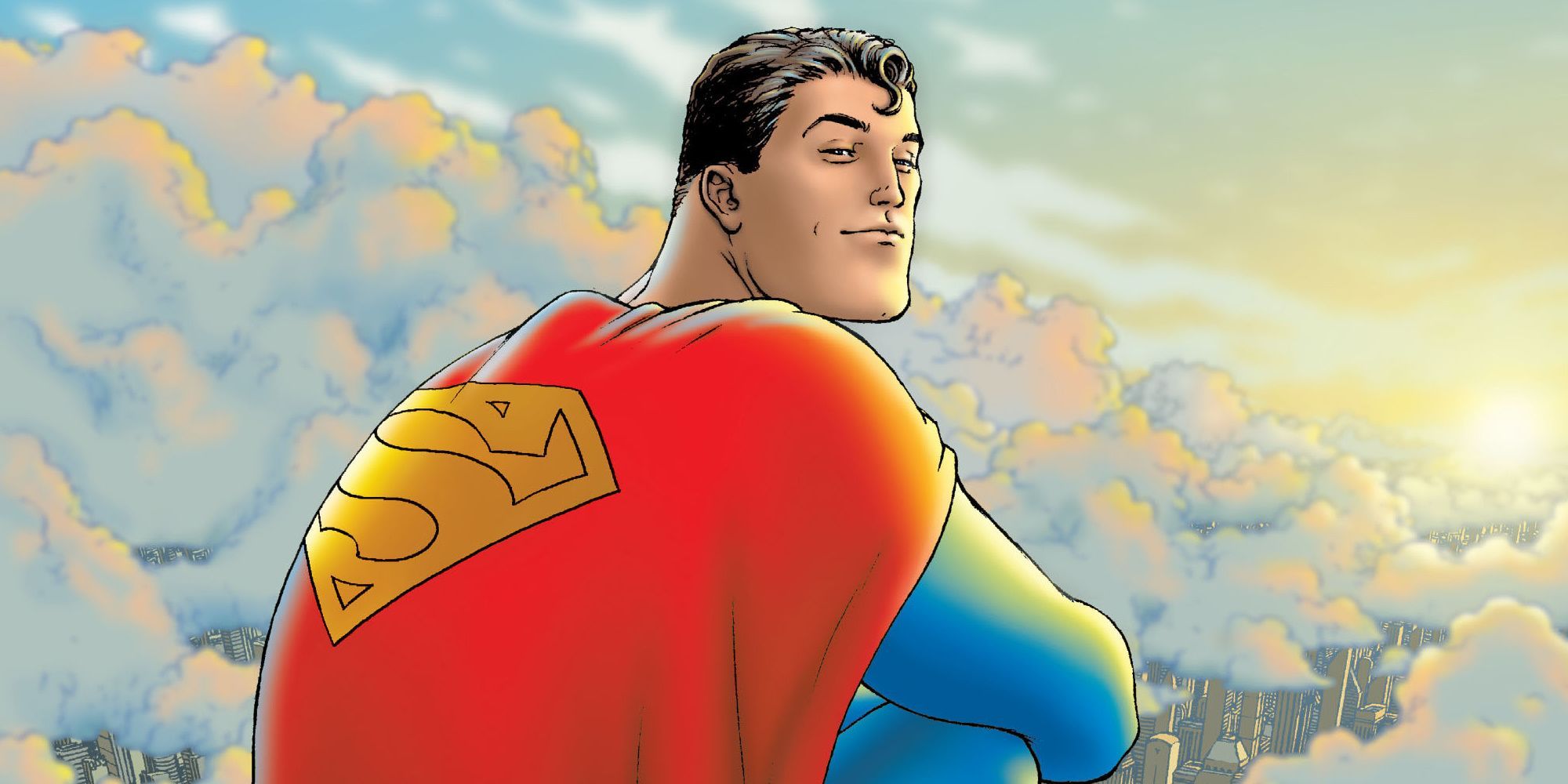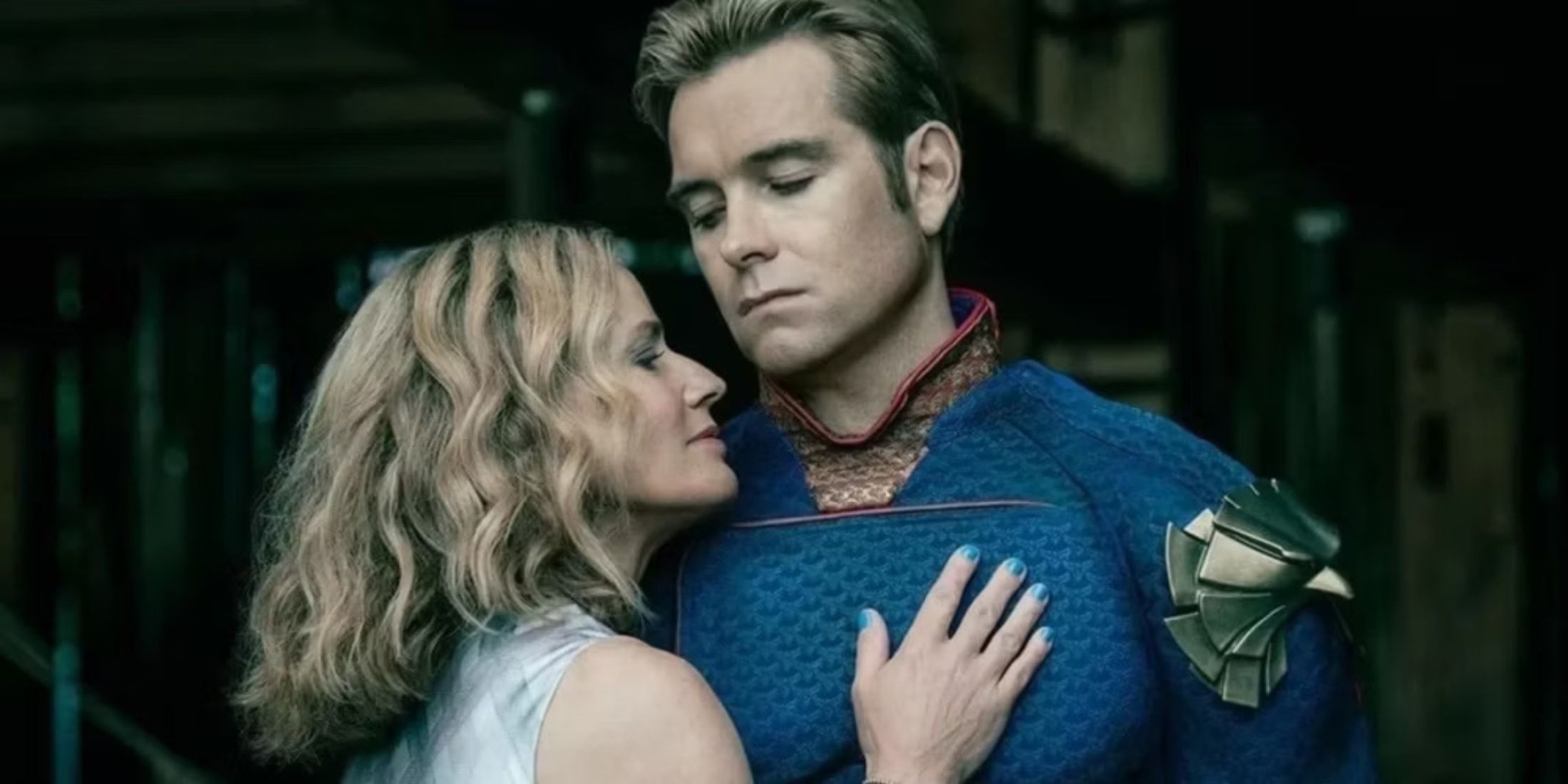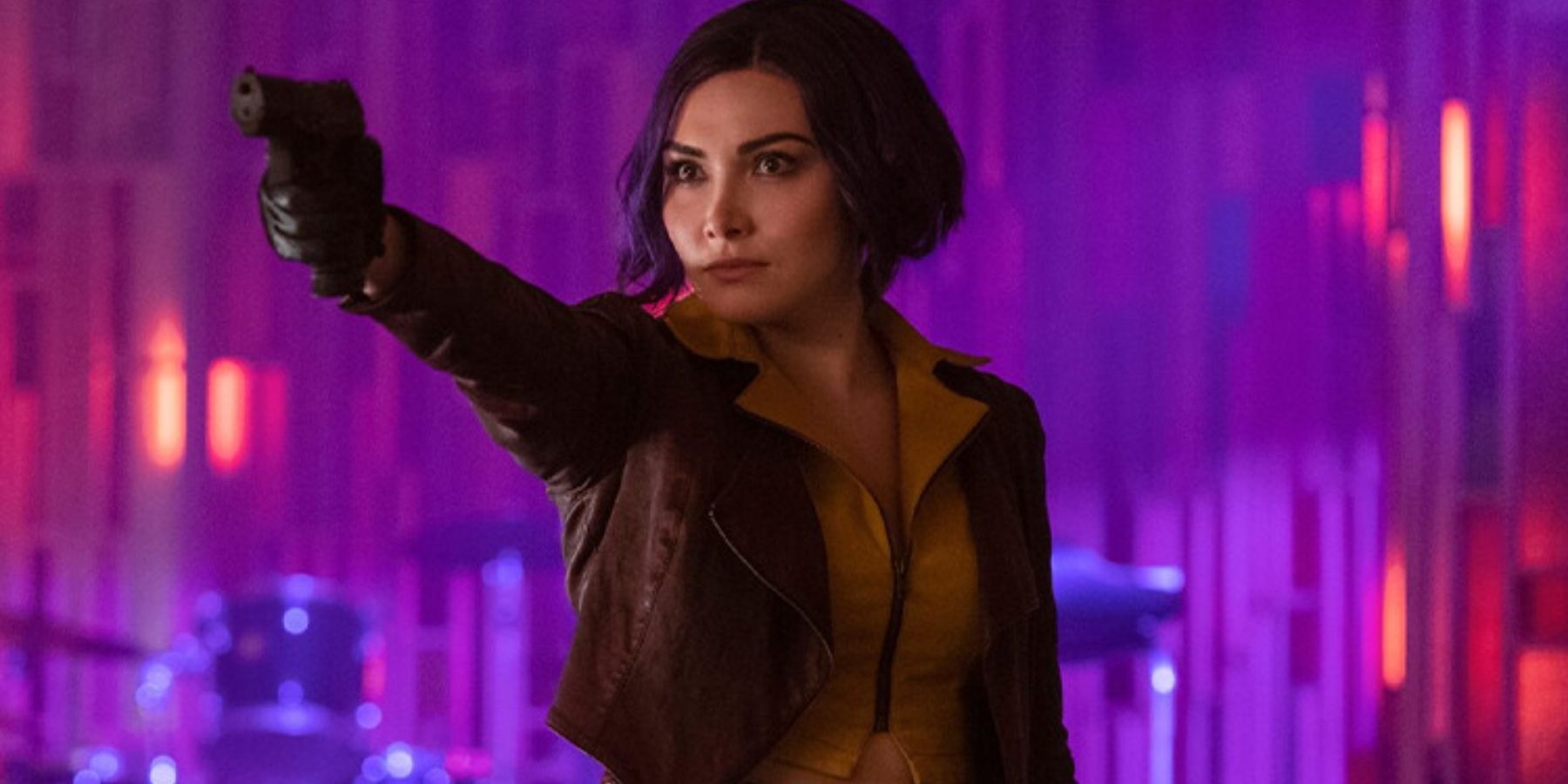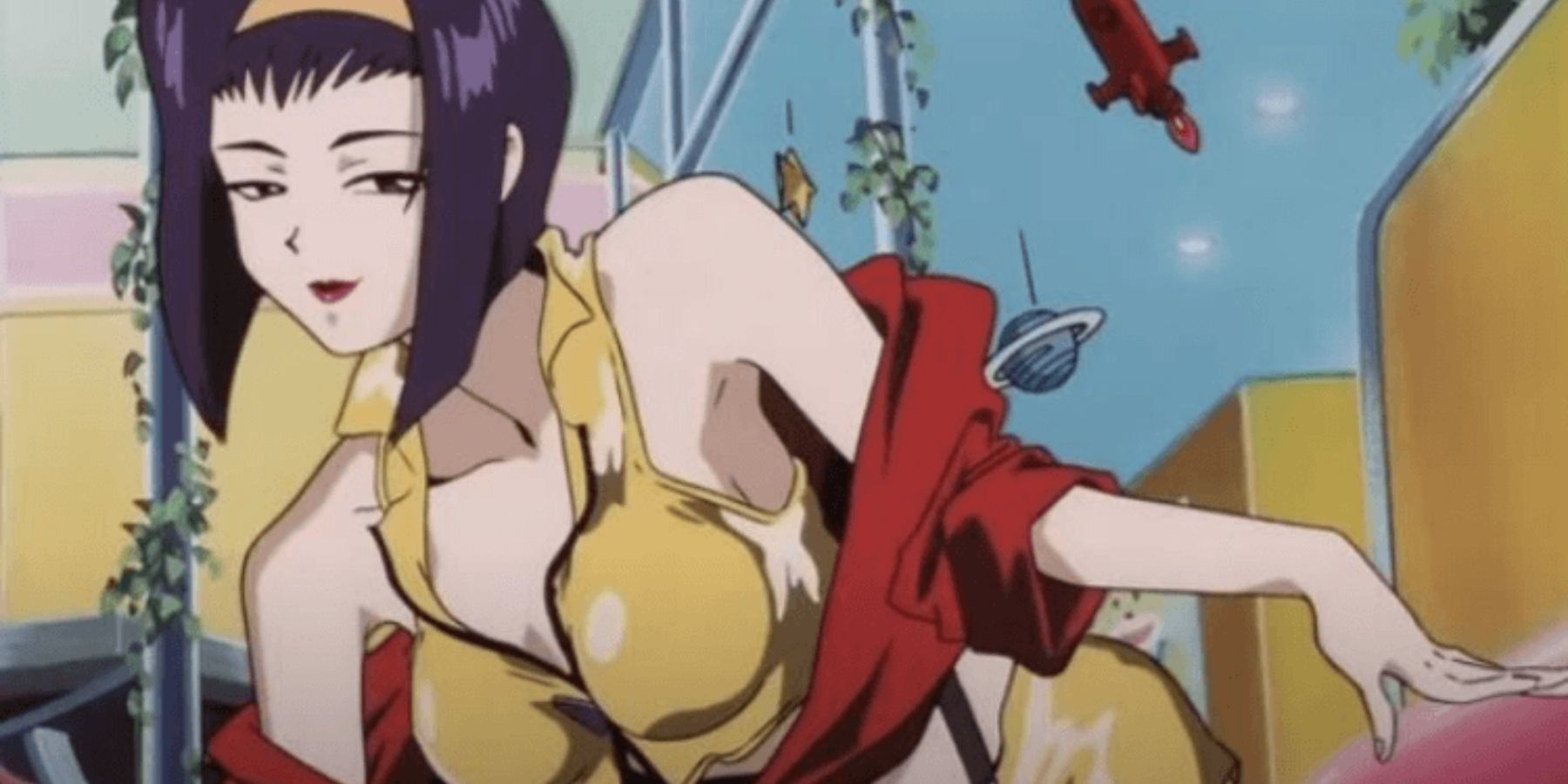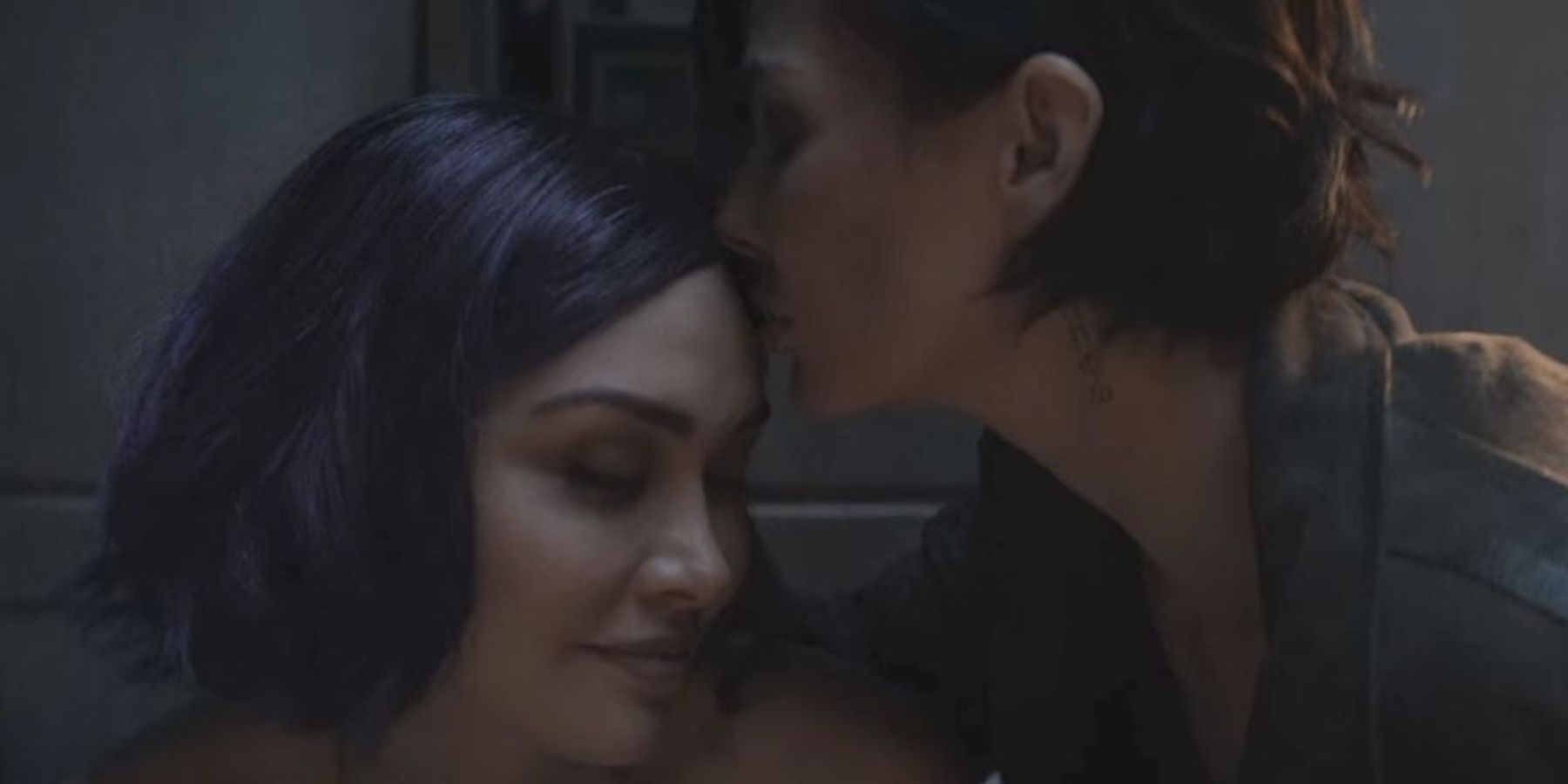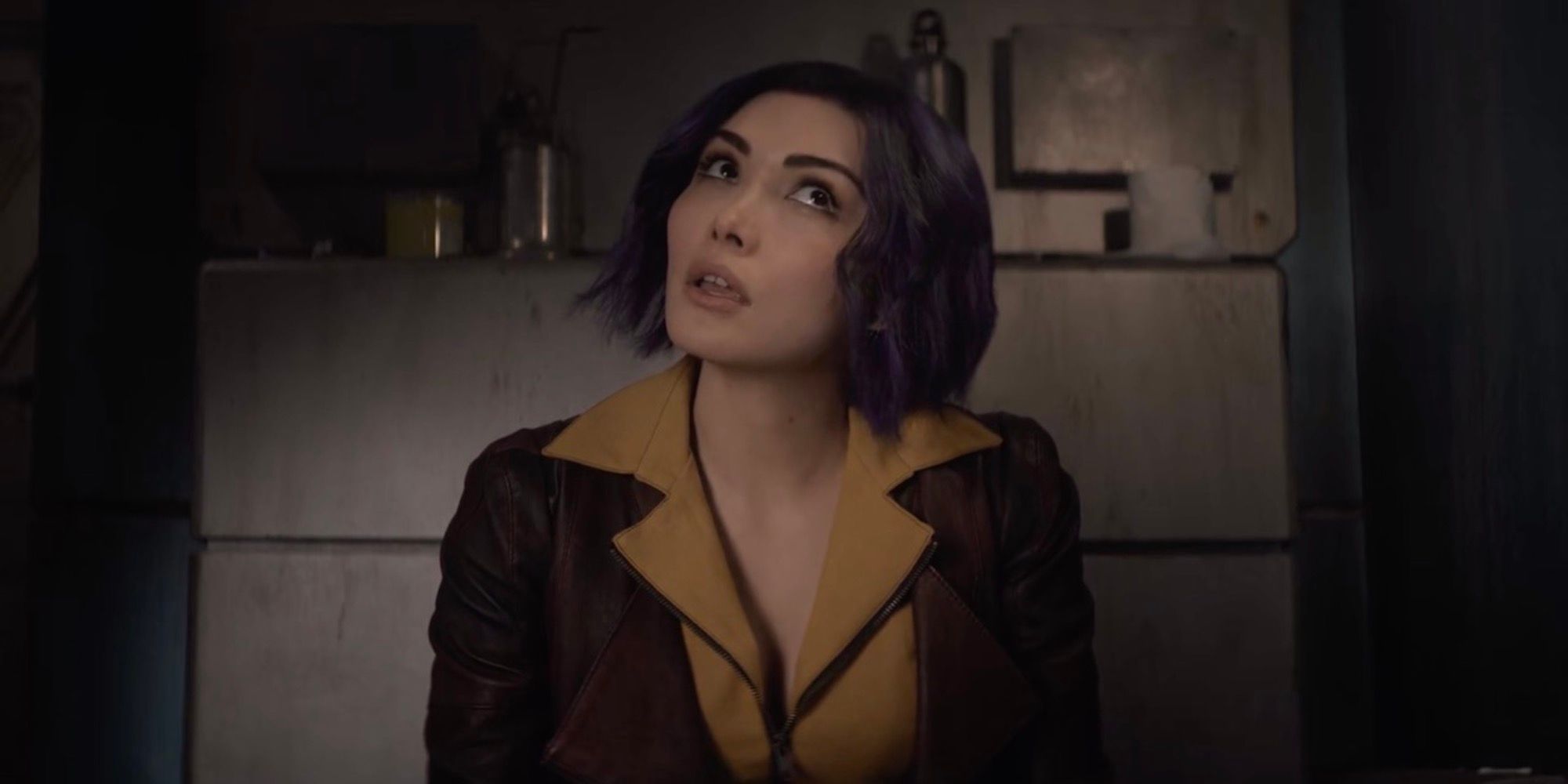The 1998 Cowboy Bebop anime is often a favorite of anime fans for its cool and stylish animation, incredible music, and unique storyline. However, there were several elements of the anime that simply required more from the live-action version, including Faye Valentine’s character.
In the anime, though Faye has a bold personality, her appearance makes it clear that her visual presence is simply for the sake of sex appeal. Her name alone indicates that her original purpose was to have sexual and romantic appeal, being inspired by a love song. Even in the Cowboy Bebop anime, though she looks about 23, Faye is 77. This alone creates plot holes around her character’s costume because no 77-year-old woman would put herself through the uncomfortable misery of wearing that outfit.
There are several things in the anime that needed to be altered for live-action but the writers were very careful about the changes they made. Andre Nemec, the showrunner, made it clear that the intention for this show was to stay true to the anime but also to explore the characters on a deeper level and to better examine their backgrounds. It was also a goal of the show to represent all of the female characters in a better, more realistic light. In the anime female characters (particularly Faye and Julia) are often set up as sexual props to appeal to male audiences.
Over the past few decades, it’s become more and more clear that there are many female fans among anime audiences. It only makes sense that as the genre and remakes of existing stories evolve with the times, so do the characters. Not many female audiences reflect positively on the way that the females are sexualized in a way that doesn’t contribute to the story, so adjusting this detail is certainly a wise move in terms of viewer turnout.
Not only do these revisions contribute to a broader audience, but they also help to freshen up the story. There’s not much that’s special about a live-action that tells the same exact story, in the same exact fashion as the anime. It’s important to add depth to the story and explore it in a way that hasn’t already been done so that returning fans are able to take something new away from the show.
Faye Valentine, in particular, is displayed in a new light that better highlights her personality. Faye is played in the Netflix live-action series by Daniella Pineda, already adding more diversity to the show. Further, Faye is allowed in the live-action to be more of a presence among the other characters.
Faye also explores her sexuality in this version, which was not the case in the anime. She connects with the female mechanic and there are evident sparks between them which causes Faye to reflect on who she really is. This detail gives her even more depth as it adds another complicated piece to her character’s puzzle. This sort of complexity certainly makes Faye feel more like an important character than an accessory to the team.
Easily the biggest change that the live-action made to Faye’s character, however, is her wardrobe. It is significantly less revealing and significantly more realistic for an action character to move around in. This is a change that has drawn some negative attention, despite the fact that most everyone involved in making the series was in favor of the change.
It should be noted that the majority of the fans responding negatively to the changes made to Faye’s attire are male. The pattern of female fans in support of the way Faye is represented in the live-action, versus male fans who dislike it, seems to speak on its own. In the anime, Faye was written for male audiences, but in the live-action, Faye is written for female audiences.
For a long time female characters were written as yet another means of appealing to a majority male audience. As the times advance and women now make up as much, if not more of the audience, it only makes sense that more content that caters to their preferences would come about as a response.
The way that Faye was portrayed in the anime didn’t always reflect her power; it was simply used to appeal to male audiences. In the live-action, if she wears something revealing, it actually involves what’s happening in the story. For example, when she wears the red dress with the low plunging neckline and slit up the side of one leg, she’s at a formal event at an Opera House (even though it gets held up) and is thus appropriately dressed, but still able to move when the action begins.
There are also elements of her backstory that were tweaked in live-action, also with the intention of better highlighting her personality, like the romance with the con man that causes trouble for her. The live-action series doesn’t view the romantic aspect as vital to her storyline and so they cut it and replaced it with a mother-daughter dynamic.
There has been a significant amount of sexism in several animes, particularly the older ones, that reflect women in a fashion that is overtly sexual, romantic, or overly sensitive and naive. In other words, women are not usually reflected in a good light in many popular animes and this is certainly something that has been in need of change for decades. The Cowboy Bebop team was just among the first of the live-actions to correct this view of women in the story, but it certainly won’t be the last to make this adjustment.
Many female viewers, writers, actors and more have expressed their discomfort toward creating or viewing content that portrays women in a purely sexual light or in role that only serves male characters. Even Pineda herself has expressed her views on how Faye was represented in the anime versus how she portrayed the character.
The way Faye was portrayed in the anime didn’t quite live up to her personality. She’s tough, ornery, and resilient so she needed a look that reflected that which Netflix’s live-action version seems to do a better job capturing, while still nodding to the color scheme of her anime outfit. The changes to Faye’s wardrobe in the live-action was thus, not only more respectful to the character’s part in the story, but also enabled Pineda to do a lot of the stunts in the show. The outfit from the anime would never have allowed this to happen.
Additionally, one thing that’s very important in screenwriting is to not include details in a story that don’t contribute directly to what’s happening in the story, what will happen in the story, or the story’s underlying message. Nemec was careful not to write the female characters as accessories to their male counterparts, but as their own storylines that happen to intermingle with the storylines of the male characters.
Viewers frustrated with the changes made to Faye’s outfit are failing to consider how adaptations work. With any adaptation of a pre-existing story– especially one as well known as Cowboy Bebop– writers must consider what will make the piece successful in revisiting the story. This includes considering the interests and views of a modern audience, bringing fresh new components to the story, and adding more depth to the characters.
Without these changes and considerations made to Netflix’s version, there wouldn’t be much point to watching a live-action adaptation other than seeing real people dress up in costumes and act out the story. The changes didn’t take away from the storyline- they added to it, which is exactly what success looks like in an adaptation. Cowboy Bebop has made huge strides in revisiting a well-known story through a new lens, and we can expect that any seasons to come will hold up to this level of ingenuity.


